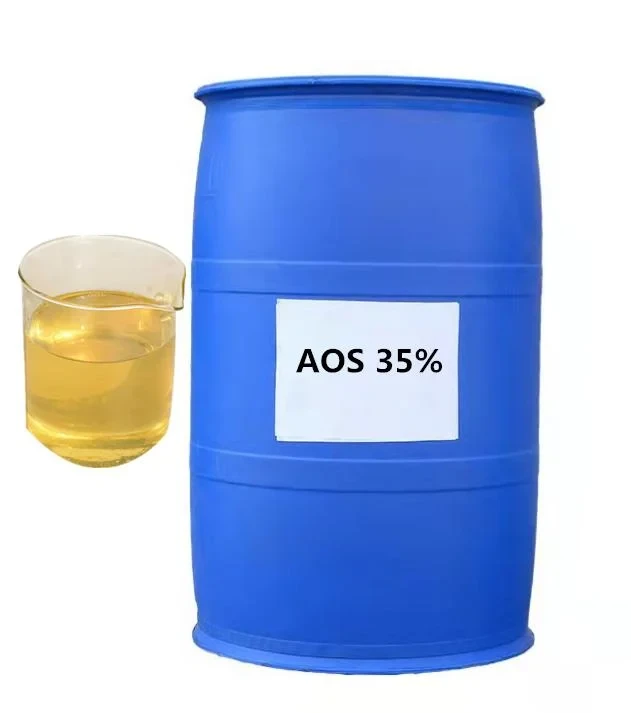



types of caustic soda
Understanding the Types of Caustic Soda
Caustic soda, chemically known as sodium hydroxide (NaOH), is a highly significant industrial chemical renowned for its versatile applications. Characterized by its caustic nature, it is a strong base used in various chemical processes, making it invaluable across different industries. This article explores the types of caustic soda, their production methods, and their various applications in real-world scenarios.
Types of Caustic Soda
Caustic soda typically comes in three forms solid, liquid, and flakes, each tailored for specific applications.
1. Solid Caustic Soda Solid caustic soda is typically found in the form of pellets or granules. Its composition contains approximately 99% sodium hydroxide. This form is widely utilized in laboratories, pharmaceuticals, and as a strong base reagent in chemical reactions. Solid caustic soda is favored for its easy handling and long shelf-life. However, it requires careful storage as it can absorb moisture from the air and cause corrosion.
2. Liquid Caustic Soda Liquid caustic soda consists of a sodium hydroxide solution, usually around 50% concentration. This form is predominantly used in industrial processes where large quantities are needed, such as in paper manufacturing, textiles, and oil refining. Because it is easier to transport due to its liquid state, many manufacturers prefer liquid caustic soda for large-scale operations. However, handling it requires caution as it can cause severe chemical burns and damage if not managed correctly.
3. Caustic Soda Flakes Flake caustic soda is produced through the evaporation of a sodium hydroxide solution, resulting in flat, white flakes. With a high purity level, this form is often used in cleaning products and drain cleaners due to its solubility. The flakes dissolve quickly in water, making them ideal for applications requiring rapid action. Additionally, they are easier to handle compared to solid pellets, reducing the risk of dust-related hazards.
Production of Caustic Soda
Caustic soda is primarily produced through two methods the chloralkali process and the sodium carbonate method.
- Chloralkali Process This is the most common method for producing caustic soda. It involves the electrolysis of saltwater (brine), where chlorine gas is produced alongside hydrogen gas, leaving sodium hydroxide in the solution. This method allows simultaneous production of chlorine, a valuable byproduct, making it economically advantageous.
types of caustic soda

- Sodium Carbonate Method In this less common process, sodium carbonate (soda ash) is treated with lime (calcium hydroxide) to yield sodium hydroxide. Although it is less efficient than the chloralkali process, it is sometimes used when chlorine production is not required.
Applications
The applications of caustic soda are vast, touching numerous industries
- Paper Industry Caustic soda is crucial for the pulping process, helping to break down wood fibers into a slurry that can be processed into paper.
- Textile Industry In textiles, it is used for mercerizing cotton, enhancing fabric strength, and improving dye uptake.
- Food Processing Caustic soda plays a role in food processing, particularly in the processes of peeling fruits and vegetables or in the production of olives and pretzels.
- Water Treatment It is used to manage pH levels in water treatment plants, neutralizing acidic waters to meet safety regulations.
- Chemical Manufacturing As a strong base, caustic soda is a key ingredient in the production of various chemicals, including soaps, detergents, and other essential industrial compounds.
Conclusion
Caustic soda, in its various forms—solid, liquid, and flakes—serves pivotal roles in numerous industrial applications. Its production methods, primarily the chloralkali process, ensure a steady supply for industries that rely on this potent chemical. However, safety precautions in handling and storage are essential due to its corrosive nature. Understanding the types and applications of caustic soda empowers industries to utilize it effectively while maintaining safety and efficiency.
-
Why Sodium Persulfate Is Everywhere NowNewsJul.07,2025
-
Why Polyacrylamide Is in High DemandNewsJul.07,2025
-
Understanding Paint Chemicals and Their ApplicationsNewsJul.07,2025
-
Smart Use Of Mining ChemicalsNewsJul.07,2025
-
Practical Uses of Potassium MonopersulfateNewsJul.07,2025
-
Agrochemicals In Real FarmingNewsJul.07,2025
-
Sodium Chlorite Hot UsesNewsJul.01,2025










